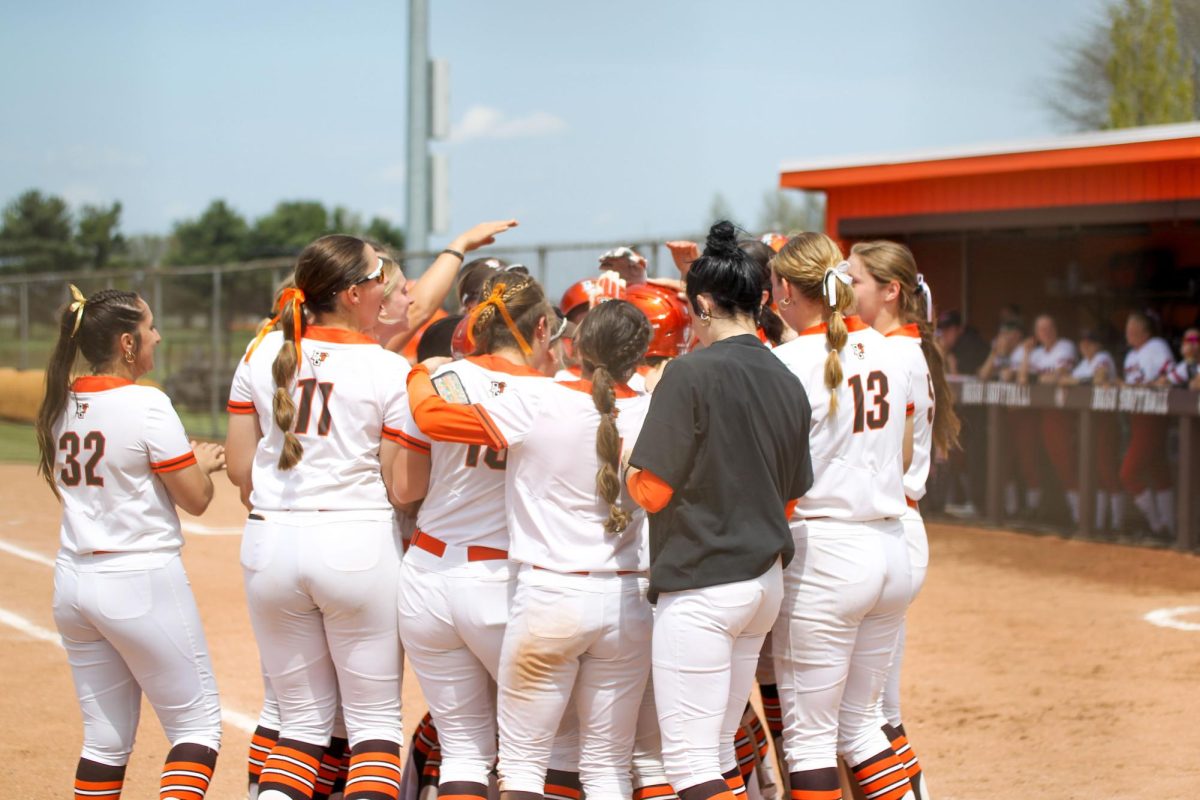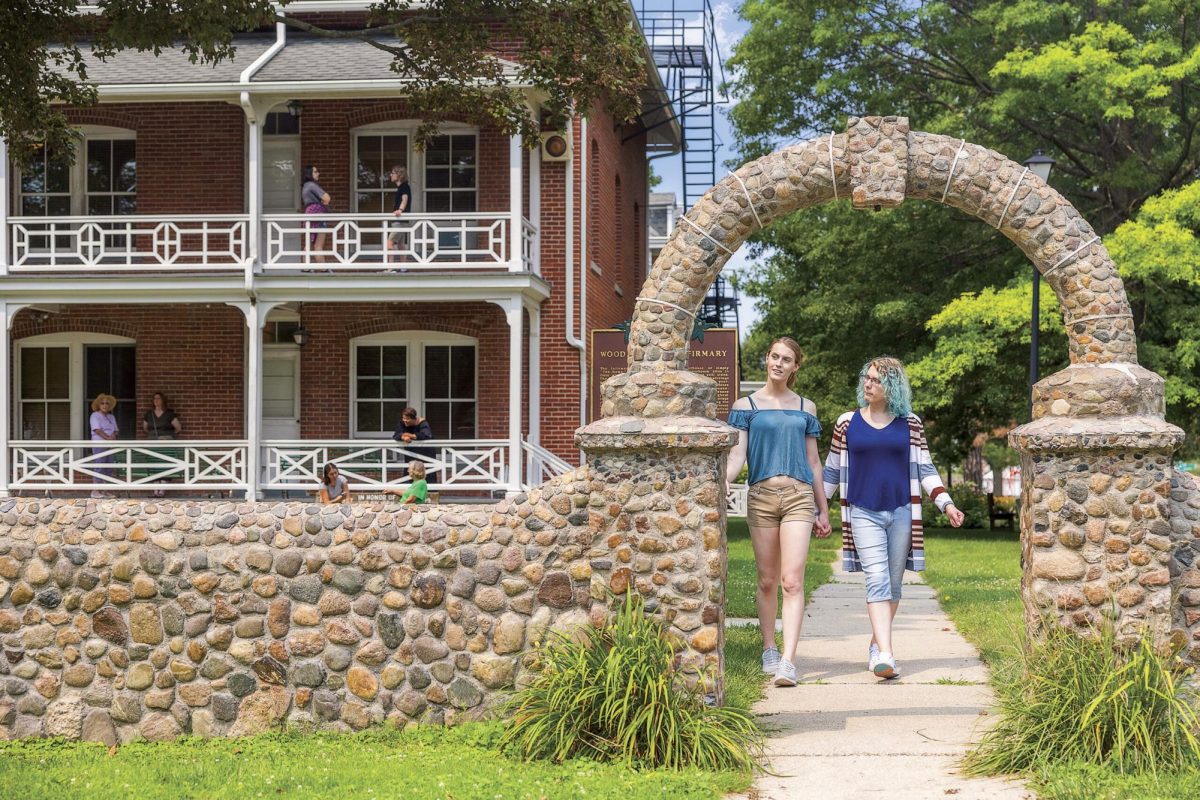When early settlers of Bowling Green drained the Black Swamp, they didn’t know part of the land would one day support a university.
Bowling Green citizens organized to drain the swamp in the 1850s, said Mike McMaster, education programs coordinator at the Wood County Historical Museum. They dug ditches to run the swamp into rivers and creeks emptying into Lake Erie.
By the turn of the century, the Black Swamp was gone, just in time for Bowling Green to apply to be the location of a new ‘normal’ college.
In 1910, Ohio passed the Lowry Normal School Bill, allowing for the construction of two normal, or teaching, colleges, one each in Northeast and Northwest Ohio.
Sixteen Northwest towns originally applied, including Bowling Green.
‘Any town of any size wanted to have a college,’ said Gary Hess, a history instructor on campus. ‘It would have been a boom to whatever town got it.’
Later that year, a vote to determine which Northwest town would receive the new school went 3-2 against Van Wert, Ohio.
Bowling Green, a former swampland, won (the school in Northeast Ohio eventually became Kent State University).
‘It was a close vote,’ Hess said. ‘It could have been Van Wert State University [instead of Bowling Green State University].’
Before the Lowry bill, only a few of the bigger schools, including Ohio State University and Miami University, offered training in teaching. With the addition of two normal colleges, more teachers could receive more training.
Nearly all of Bowling Green’s first students were education majors.
‘Ohio was moving away from one-room schoolhouses toward school districts,’ McMaster said. ‘They wanted a higher-trained teaching staff.’
Education at the new college began before the buildings were even built. Hess said the Armory building in downtown Bowling Green housed makeshift classrooms, and classes weren’t actually held on campus until a year after the college opened.
Those early students numbered in the hundreds. Hess said enrollment didn’t reach 1,000 students until 1930.
After that year, enrollment hovered around 800 or 900 students until the end of World War II, when veterans going to college caused another spurt.
And in the late 1960s, baby boomers surged enrollment to more than 10,000.
By then, the normal college was a university, but the ‘normal’ wasn’t dropped from the name until 1929, the same year the school began offering a Bachelor of Arts and Sciences degree.
‘President Williams thought the ‘normal’ inhibited Bowling Green,’ Hess said, explaining the reason for the name change.
According to ‘The History of Bowling Green State University,’ written by James Overman in 1967, Williams and other faculty members thought the name should be changed so more programs and courses could be added to appeal to more students and meet the expanding needs of Northwest Ohio.
Williams, Overman and representatives from Kent State Normal College, who also wanted to broaden the programs for their students, met and drafted a bill of the changes.
The bill passed that summer, and the city of Bowling Green no longer housed a normal college.
But Bowling Green State College didn’t become a university until 1935, with the addition of the College of Business Administration and a Master of Arts program.
‘When you could take business courses, it became more than just a teaching college,’ McMaster said. ‘It became a university, then a state university.’
By the Numbers Early enrollment (including enrollment for the first summer term) 1914-1915: 304 students 1915-1916: 403 students 1916-1917: 274 students 1917-1918: 257 students
Source: ‘The History of Bowling Green State University,’ by James Overman Recent enrollment
Fall semester, 15-day count 2005:15, 960 students 2006: 15, 961 students 2007: 15, 484 students 2008: 14, 734 students
Source: Office of Institutional Research ‘


















